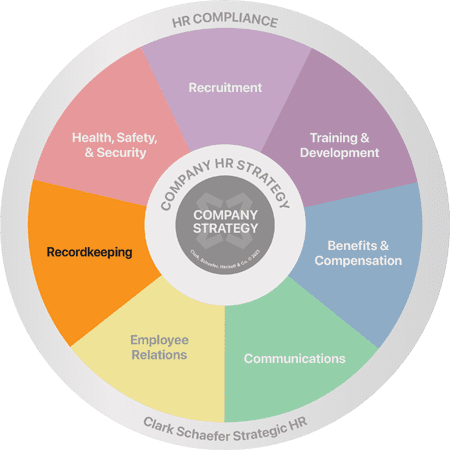What to Include in a Written Warning
Question:
I was told that I should give a written warning to a problem employee to create documentation. What should the written warning include?
Answer:
First make sure you are following your established disciplinary policy and procedures. Do you have any steps prior to a written warning that need to take place (i.e. counseling, verbal warning, etc.)? Assuming that giving a written warning follows your typical disciplinary procedures, you’ll want to create a record of discussion and document the following:
- Employee and Supervisor’s Name
- Date of the written warning / disciplinary action
- Description of the performance issue being addressed
- Corrective action required by employee
- Resources available to assist the employee (if applicable)
- Consequences of not improving performance
- Date for follow up discussion
- Acknowledgement of the warning by employee and supervisor
A copy of this document should be placed in the employee file. Be sure to follow up on the documented date to follow through with the disciplinary procedure.
Recordkeeping is one of the more mundane tasks associated with Human Resources, but is extremely important. Keeping documentation of corrective actions, counseling sessions and performance appraisals are vital to making sure you are being consistent with your disciplinary and performance policies. Strategic HR has a great online tool that’s affordable, easily downloaded and ready for immediate use. Our Coaching and Counseling toolkit has sample policies and forms to help you with your Counseling needs. Visit our Recordkeeping page to learn more.


